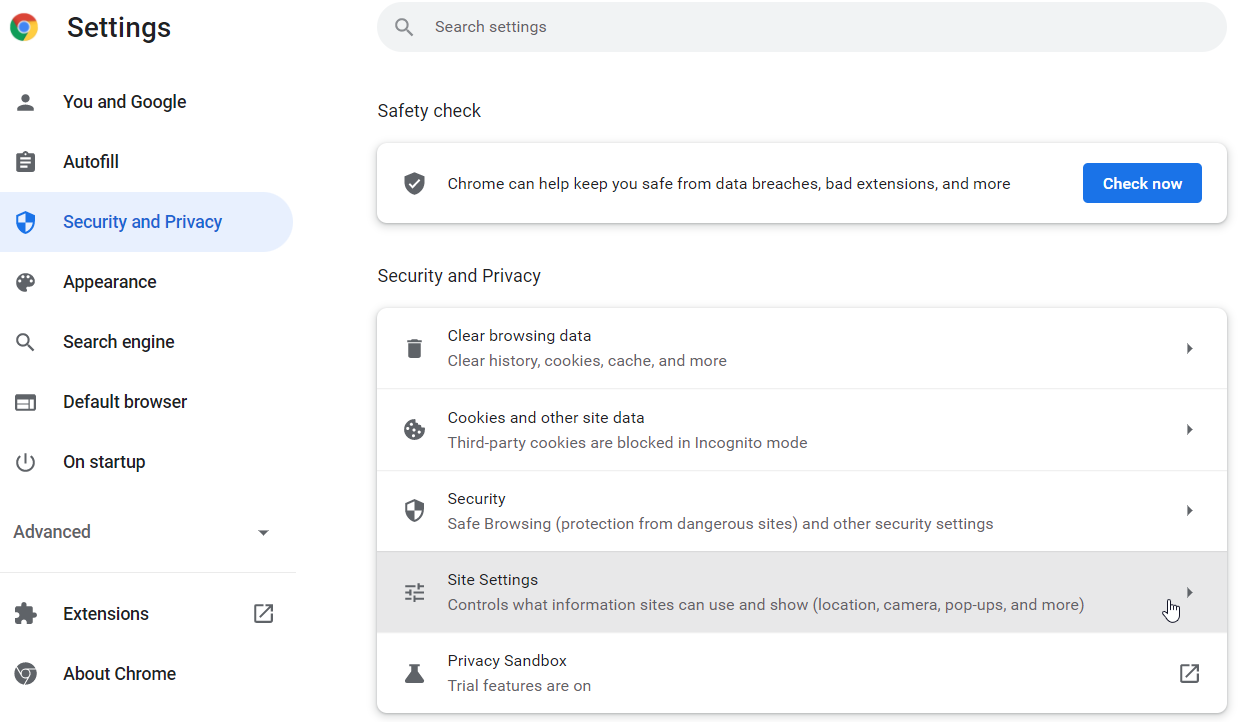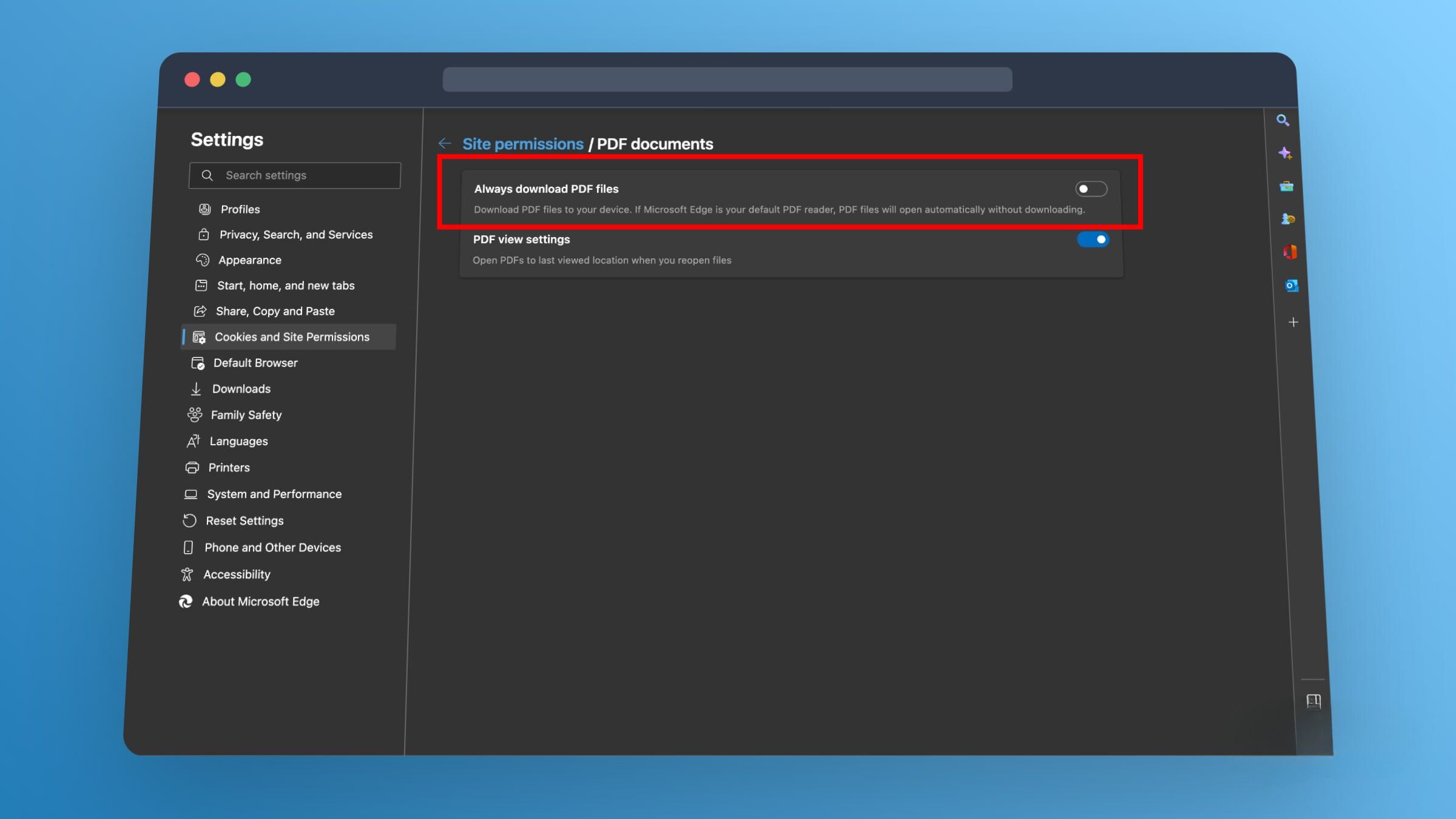Introduction
Are you a Firefox user who's tired of constantly being prompted to set it as your default browser? This persistent and often annoying notification can disrupt your browsing experience and lead to frustration. Fortunately, there are several methods you can employ to stop Firefox from asking to be your default browser. By implementing these solutions, you can regain control over your browsing preferences and enjoy a seamless online experience without the interruption of repeated prompts.
In this article, we will explore three effective methods to address this issue. Whether you prefer adjusting settings within the Firefox browser itself, utilizing Windows settings, or modifying default app settings, you'll find a solution that suits your preferences and technical comfort level. By following these step-by-step instructions, you can put an end to the persistent default browser prompts and reclaim a more streamlined and uninterrupted browsing experience.
Let's delve into the methods that will empower you to take charge of your browser preferences and put an end to the incessant requests from Firefox to become your default browser. Whether you're a tech-savvy individual or someone who prefers straightforward solutions, you'll find a method that aligns with your comfort level and technical expertise. Let's explore these options and regain control over your browsing experience.
Method 1: Using Firefox Settings
If you're a Firefox user who wants to stop the persistent requests to set it as your default browser, utilizing Firefox's own settings provides a straightforward solution. By following these steps, you can effectively address this issue and regain control over your browsing experience.
-
Open Firefox Preferences: Start by launching your Firefox browser and clicking on the three horizontal lines in the upper-right corner to access the menu. From the dropdown menu, select "Options" to open the Preferences tab.
-
Navigate to General Settings: Within the Preferences tab, click on "General" in the left-hand menu. This will display various options related to your Firefox settings.
-
Adjust Default Browser Settings: Scroll down until you find the "Firefox Default Browser" section. Here, you'll see a checkbox labeled "Always check if Firefox is your default browser." Uncheck this box to prevent Firefox from continuously prompting you to set it as the default browser.
-
Save Changes: Once you've unchecked the box, your preference will be automatically saved. You can then close the Preferences tab, and Firefox will no longer ask to be your default browser.
By following these simple steps, you can effectively stop Firefox from repeatedly asking to become your default browser. This method offers a quick and convenient solution directly within the Firefox browser, allowing you to regain control over your browsing preferences without the need for additional software or complex technical adjustments.
Whether you're a casual user or a tech-savvy individual, utilizing Firefox's settings to address this issue provides a user-friendly and accessible solution. By implementing these straightforward steps, you can put an end to the persistent default browser prompts and enjoy a more seamless browsing experience within the Firefox browser.
Method 2: Using Windows Settings
If you're seeking an alternative approach to stop Firefox from incessantly asking to be your default browser, utilizing Windows settings provides an effective solution. By adjusting default app settings within the Windows operating system, you can prevent Firefox from prompting you to set it as the default browser. This method offers a straightforward and system-level solution that can help you regain control over your browsing preferences.
To implement this method, follow the step-by-step instructions below:
-
Access Windows Settings: Begin by accessing the Windows Settings menu. You can do this by clicking on the Start button in the lower-left corner of your screen and selecting the gear icon, which represents Settings. Alternatively, you can press the Windows key + I on your keyboard to directly open Windows Settings.
-
Navigate to Apps: Within the Windows Settings menu, click on the "Apps" option. This will open a submenu that provides various settings related to applications and default app preferences.
-
Select Default Apps: In the Apps menu, select "Default apps" from the left-hand navigation pane. This will display a list of default applications for various file types and protocols on your system.
-
Adjust Web Browser Settings: Scroll down until you find the "Web browser" section. Here, you'll see the currently set default web browser for your system. Click on the current default browser to open a dropdown menu of available web browsers installed on your computer.
-
Set a Different Default Browser: If Firefox is currently set as the default browser, you can select an alternative browser from the dropdown menu to change the default setting. By setting a different browser as the default, you can effectively prevent Firefox from continuously asking to become the default browser.
By following these steps and adjusting default app settings within the Windows operating system, you can effectively stop Firefox from repeatedly prompting you to set it as the default browser. This method offers a system-level solution that can help you regain control over your default browser preferences without the need for complex technical adjustments.
Whether you're a Windows user seeking a system-level solution or someone who prefers adjusting settings within the operating system, utilizing Windows settings to address this issue provides a convenient and accessible alternative. By implementing these straightforward steps, you can put an end to the persistent default browser prompts and enjoy a more seamless browsing experience within the Windows environment.
Method 3: Using Default Apps Settings in Windows
If you're looking for a comprehensive and system-level approach to prevent Firefox from persistently asking to be your default browser, utilizing the default apps settings within the Windows operating system offers an effective solution. By adjusting the default app preferences, you can take control of your browser settings and put an end to the repetitive prompts from Firefox.
To implement this method, follow the step-by-step instructions below:
-
Access Windows Settings: Begin by accessing the Windows Settings menu. You can do this by clicking on the Start button in the lower-left corner of your screen and selecting the gear icon, which represents Settings. Alternatively, you can press the Windows key + I on your keyboard to directly open Windows Settings.
-
Navigate to Apps: Within the Windows Settings menu, click on the "Apps" option. This will open a submenu that provides various settings related to applications and default app preferences.
-
Select Default Apps: In the Apps menu, select "Default apps" from the left-hand navigation pane. This will display a list of default applications for various file types and protocols on your system.
-
Adjust Web Browser Settings: Scroll down until you find the "Web browser" section. Here, you'll see the currently set default web browser for your system. Click on the current default browser to open a dropdown menu of available web browsers installed on your computer.
-
Set a Different Default Browser: If Firefox is currently set as the default browser, you can select an alternative browser from the dropdown menu to change the default setting. By setting a different browser as the default, you can effectively prevent Firefox from continuously asking to become the default browser.
By following these steps and adjusting default app settings within the Windows operating system, you can effectively stop Firefox from repeatedly prompting you to set it as the default browser. This method offers a system-level solution that can help you regain control over your default browser preferences without the need for complex technical adjustments.
Whether you're a Windows user seeking a comprehensive solution or someone who prefers adjusting settings within the operating system, utilizing default apps settings to address this issue provides a convenient and accessible alternative. By implementing these straightforward steps, you can put an end to the persistent default browser prompts and enjoy a more seamless browsing experience within the Windows environment.
This method empowers you to take control of your default browser preferences at a system level, providing a comprehensive solution to the persistent prompts from Firefox. By adjusting the default app settings in Windows, you can effectively prevent Firefox from repeatedly asking to become your default browser, ultimately enhancing your browsing experience and streamlining your interactions with web browsers.
Conclusion
In conclusion, addressing the persistent requests from Firefox to become the default browser is essential for maintaining a seamless and uninterrupted browsing experience. By exploring the methods outlined in this article, you can effectively regain control over your browser preferences and put an end to the repetitive prompts from Firefox.
Whether you opt to utilize Firefox's own settings, adjust default app settings within the Windows operating system, or employ a comprehensive system-level approach, the solutions provided offer accessible and user-friendly methods to address this issue.
By leveraging Firefox's settings, users can directly modify the browser's behavior and prevent it from continuously asking to be the default browser. This method provides a quick and convenient solution that aligns with the preferences of casual users and tech-savvy individuals alike.
Alternatively, adjusting default app settings within the Windows operating system offers a system-level solution that empowers users to take control of their default browser preferences. By setting a different default browser, users can effectively prevent Firefox from persistently prompting them to set it as the default browser, ultimately enhancing their browsing experience within the Windows environment.
Furthermore, utilizing the default apps settings within Windows provides a comprehensive and accessible alternative for addressing the persistent requests from Firefox. This method enables users to take control of their default browser preferences at a system level, offering a comprehensive solution to the repetitive prompts from Firefox.
In essence, by implementing the methods outlined in this article, users can reclaim a more streamlined and uninterrupted browsing experience. Whether you prefer adjusting settings within the Firefox browser itself, utilizing Windows settings, or modifying default app settings, these solutions empower you to regain control over your browsing preferences and put an end to the persistent default browser prompts.
By following the step-by-step instructions provided in each method, you can choose the approach that best aligns with your technical comfort level and preferences. Ultimately, these methods offer effective solutions to stop Firefox from asking to be your default browser, allowing you to enjoy a more seamless and personalized browsing experience tailored to your preferences and chosen default browser.

























